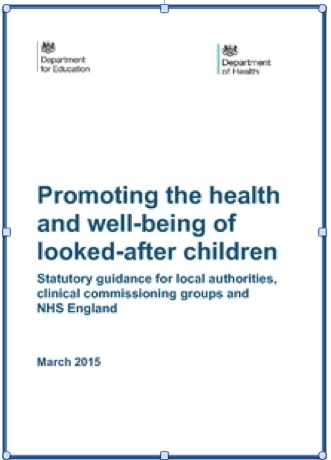
Lin Graham-Ray Designated Nurse Looked After Children
@LinGrahamRay1
This weeks EBN Twitter chat Wednesday 20th September 2017 between 8 pm and 9 pm (UK time) on ‘Safeguarding Looked after children- Does Looked After mean safe’ will focus on the concept of safeguarding vulnerable children in the care system and challenge the conception that once in care safeguarding ends. The Twitter chat will be hosted by Lin Graham-Ray who commenced her Professional Doctorate studies in October 2015 at The Tavistock and Portman NHS Foundation Trust and is currently the Designated Nurse for Looked After Children and Care Leavers in Merton and Wandsworth CCGs.
To participate in the Twitter chat, you will need a Twitter account. If you do not have an account, you can create one easily at www.twitter.com. Once you have an account, it is easy to get started. You can follow the discussion on Twitter by searching for #ebnjc – this is the EBN Twitter chat hashtag and by searching for this in Twitter, you’ll only see the relevant tweets related to the Twitter chat. Include #ebnjc in every tweet you send, to ensure that everyone participating in the Twitter chat can see your tweet. But remember, each tweet is limited to 140 characters of text, so make your tweets informative and concise.
Once accommodated into care chil dren (under the age of 18) become ‘Looked After Children’ and subject to legal orders which give full, or partial legal responsibilities (depending on the type or order) to the state for their parenting. Much has been written about the poor outcomes and life chances for children in care (DfE 2015) and for the lack of support for children who stay in the care system and then progress to be care leavers. Among the main themes around poor outcomes mental health, offending and poverty feature.
dren (under the age of 18) become ‘Looked After Children’ and subject to legal orders which give full, or partial legal responsibilities (depending on the type or order) to the state for their parenting. Much has been written about the poor outcomes and life chances for children in care (DfE 2015) and for the lack of support for children who stay in the care system and then progress to be care leavers. Among the main themes around poor outcomes mental health, offending and poverty feature.
The national trajectory is that we are accommodating older ‘Looked after Children’ throughout their adolescence who have experienced a range of challenges and traumas, with this in mind the chat will focus on the following questions:
- Is it time to refocus our safeguarding thinking and challenge the concept of safe care?
- Being ‘Looked After’ removes the child from an unsafe environment but the experience of being unsafe stays with them and their vulnerability continues, how can these children / young people be best supported?
- Should Looked after children and care leavers who remain vulnerable despite being in the care system have more regard from health professionals?
- Rather than defining them as hard to reach, difficult to engage or challenging, should we be challenging ourselves to see how we can deliver services to them rather than how they don’t fit into the services offered?
References
Department of Education (2015) Promoting the Health and wellbeing of Looked After Children, DfE
London.